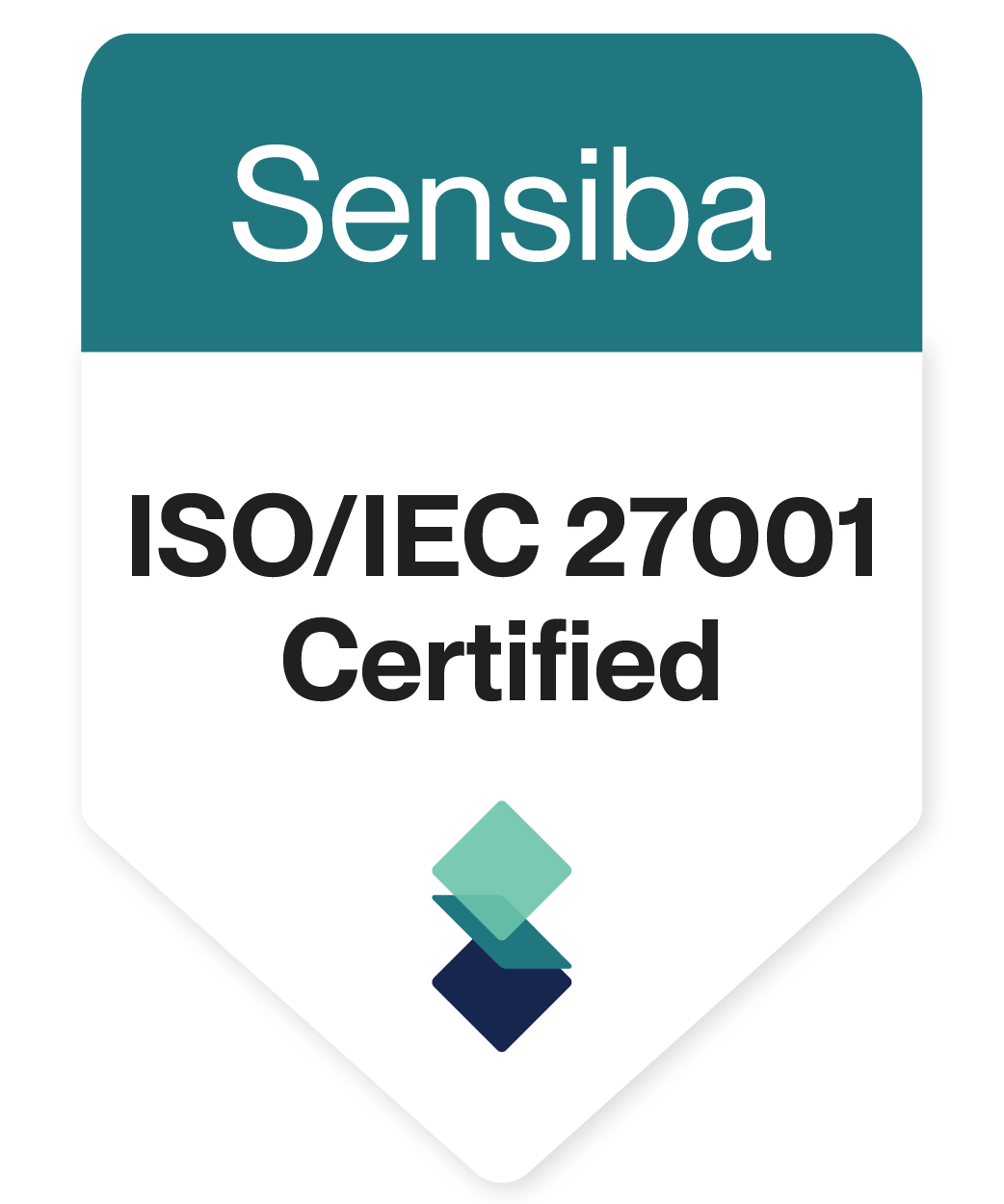Recognizing burnout and identifying the main causes of burnout are just the first steps. Burnout recovery requires time and effort to reverse the physical and mental harm caused by burnout.
The 5 Stages Of Burnout Recovery
Physiological Recovery
To start recovering from burnout begins with recognizing and addressing the physical symptoms. First, assess and focus on the following areas:
- Sleep
- Diet
- Physical Activity
It might sound silly or oversimplified, but getting enough sleep is the most important step. Research is clear: seven to eight hours of sleep can reverse emotional exhaustion and increase energy levels.
Physiological recovery is the foundation for burnout recovery, and getting enough sleep is essential for the body to repair and regenerate. Track how much sleep you get on average, and make a plan to increase it to the proper amount.
Psychological Recovery
Alongside physical recovery, it’s crucial to prioritize your mental health during burnout recovery. Here are four helpful tips to promote mental health recovery:
- Avoid multitasking and instead focus on completing one project or task at a time.
- Carve out time for relaxation and engage in activities that don’t cause mental stress.
- Pursue personal growth and learning by mastering a new skill or area of interest.
- Take ownership of your decisions and prioritize what’s important or interesting to you. Make time for activities that promote recovery from mental exhaustion.
One way to help you or your teammates work more intentionally and efficiently is to understand your chronotype or, in other words, one’s energy rhythms. Understanding when you and your team members are most alert and energized can help you do your best work during optimal times throughout the day.
Evaluate, Systematize, & Prioritize

If you are constantly juggling work, family, and personal commitments, feeling like you never have enough time or energy? It’s time to take a step back and evaluate your demands on resources.
Start by thinking about everything in your life in terms of the demand on your time, finances, and relationships with loved ones. Map out these demands and prioritize where you will place your resources. By being intentional about creating the right balance, you can avoid burnout and live a more fulfilling life.
Communicate Your Limits
Too often, many people feel pressure to say “maybe” when they should say “no.” Workplaces must create environments that permit individuals to communicate their limits effectively by building psychological safety with their managers, teams, and individuals.
Managing expectations and workload can happen by scheduling regular check-ins to discuss priorities and encouraging team members to be assertive and confident in expressing their needs.
Remember that saying “no” is not a sign of weakness; it’s necessary to ensure you can do your best work. Rather than adding new projects to your plate, focus on what’s most important and discuss deadlines and necessary resources. By setting clear boundaries and prioritizing your workload, you can achieve a healthier work-life balance and prevent burnout.
Customize Your Work
Today’s companies are looking for employees willing to take ownership and feel empowered to craft their work in a fulfilling way. This proactive ownership of work is called job crafting and allows employees to control their work more and minimize their sources of burnout.
Employees should not fear having honest conversations with their employer about boundaries in their work relationships. These idiosyncratic agreements are key to creating a healthy work-life balance that supports your well-being and productivity.
Leaving your employer may seem like a quick fix for burnout, but often it won’t solve the root causes of your stress and exhaustion. If you’re not proactive about setting boundaries and structuring your work to minimize burnout triggers, you may face the same problems in your next job. Instead of running away from the problem, take a proactive approach to preventing burnout.

HUMAN SKILL PROGRAMS ARE HITTING LIMITATIONS...
- Close the widening gap between learning and on-the-job application
- Overcome the tension of pausing productivity for development opportunities
- Integrate learning so it is actually in the flow of work
- The evolution of human skill development
- What Automated Coaching™ is and how it works.
Creating a Healthy Workplace: How Employees and Employers Can Work Together to Prevent and Solve Job Burnout
Employees:
Are you feeling overwhelmed and burned out at work? Don’t ignore the warning signs. Your situation won’t get better until you take care of yourself mentally and physically.
Start by being proactive in knowing the symptoms and triggers of burnout. Symptoms can include exhaustion, cynicism, and a lack of motivation. Triggers may include a high workload, lack of control, or interpersonal conflicts. Once you’ve identified your burnout symptoms and triggers, you can take steps to address them.
To the extent that you can, structure your job to support your well-being and productivity. Prioritize tasks and responsibilities to align with your strengths and interests. This might mean taking on new projects or collaborating with team members when tasks do not align with your core motivations. Workplaces that help their team members do their best work, can significantly increase engagement and productivity.
Employers:
Leaders must be realistic with the job demands they place on employees and be willing to customize an individual’s work. Studies show that the number one source of burnout is unrealistic job demands.
Permit managers to help team members job craft, negotiate idiosyncratic deals, or request flexible work arrangements that allow you to balance work and personal responsibilities.
Proactive communication and support are also key to preventing burnout. Managers can create a supportive work environment that fosters well-being by having open conversations with team members to understand their burnout triggers.
Professional and personal growth is not a one-time event. Cloverleaf contextualizes assessment data to provide automated coaching that increases managerial effectiveness, strengthens team collaboration, and inspires personal development in the workplace.
We combine the data from 10 popular motivational, behavioral, and personality assessments to create a profile on individual users on a team. These profiles help provide actionable and insightful coaching prompts to help team members adapt their leadership, communication, and behavior in real time.
Preventing burnout is not a one-time task but an ongoing commitment to every team member’s well-being and career satisfaction. By understanding the burnout triggers and motivations of yourself and teammates, you can improve communication, boundaries, and the work environment to support mental and physical health.
Preventing burnout is not just good for you – it’s also good for your company. When employees are well-rested, engaged, and productive, everyone benefits.









